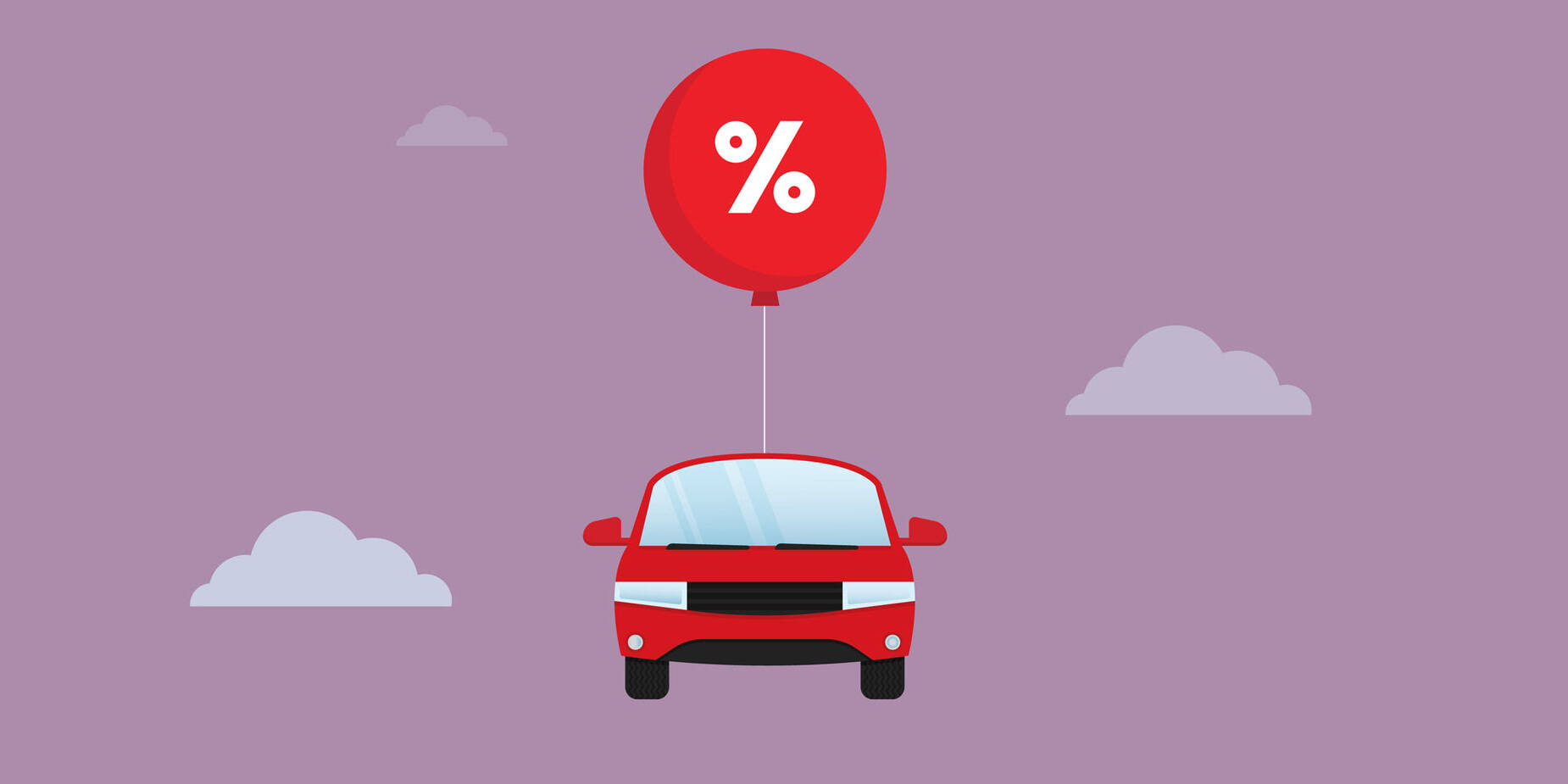As a mortgage broker you may think that we just assist people with mortgages, but before we do any of that we start with building a budget.
At Newbridge Home Loans, we believe that paying off your mortgage and living mortgage free all starts with a solid budget and building an emergency fund.
These are the steps that we use with our clients to develop their budget.
1. Look at your spending
The first thing we do is look at exactly where your money is going. This is done by going through your bank statements and highlighting exactly where your money is going. You may find that you have direct debits coming out that you had forgotten about. This step is a matter of;
A) finding out exactly where your money is going and
B) doing a cleanup.
2. Essential and Non-essential items
The next step is to break up your spending into essential and nonessential items. The purpose of this step is to get clarity around exactly what is essential for you to live on. Essential items would be your mortgage and rates, insurance, mobile, internet, groceries, transportation etc.
Whereas nonessential items, are things that will vary from time to time, such as clothing, hairdresser, restaurants, entertainment subscriptions, basically things that you spend money on regularly but won’t always be the same.
3. Emergency fund goal
Once you have established what is essential, make a total amount for all these items in order to build the base of your emergency fund. We suggest starting with a three to six month period as your target, so that if an economic storm comes, if uncertainty comes and a potential loss of income comes, you know you’ve got three to six months worth of savings for essential items to get you through that period.
4. Identify any areas to cut back on
The next step that we encourage you to do is look at the areas where you can potentially cut back. These can include things like groceries and driving. Then also look at areas where you wouldn’t cut back on.
5. Pay the minimum on repayments
The next step is if you are already experiencing economic hardship or you are still in the process of building your emergency fund. If you are paying over and above the minimum on any of your existing loans, we would suggest dropping that back and just paying the minimum. During economic uncertainty and until you build up that emergency fund, you actually want to pay the minimum on your loans, and divert any extra income you’ve got towards your emergency fund.
6. Create separate bank accounts
Once you have done that and you know how much you need for everyday living, based on your budget. We advise our clients to set up separate bank accounts.
This is how we recommend structuring your accounts: Your income is paid directly into your bills account (You shouldn’t need an ATM card for that because most of your bills will be paid via direct debit or BPAY). Then what you can do is give yourself an allocation for everyday living. This is for any items that you use to tap and go, or pay cash with. Anything left over will go towards your emergency fund until you have reached the six month target. If you have the ability to, put away money for any other savings goals such as investment property, holidays, children’s education etc. During what we call a “wartime budget”, I would suggest just running with these three accounts.
7. Automate payments
The final step would be to automate those payments so that once you are paid it is automatically allocated into either bills, everyday living or emergency fund/savings.


